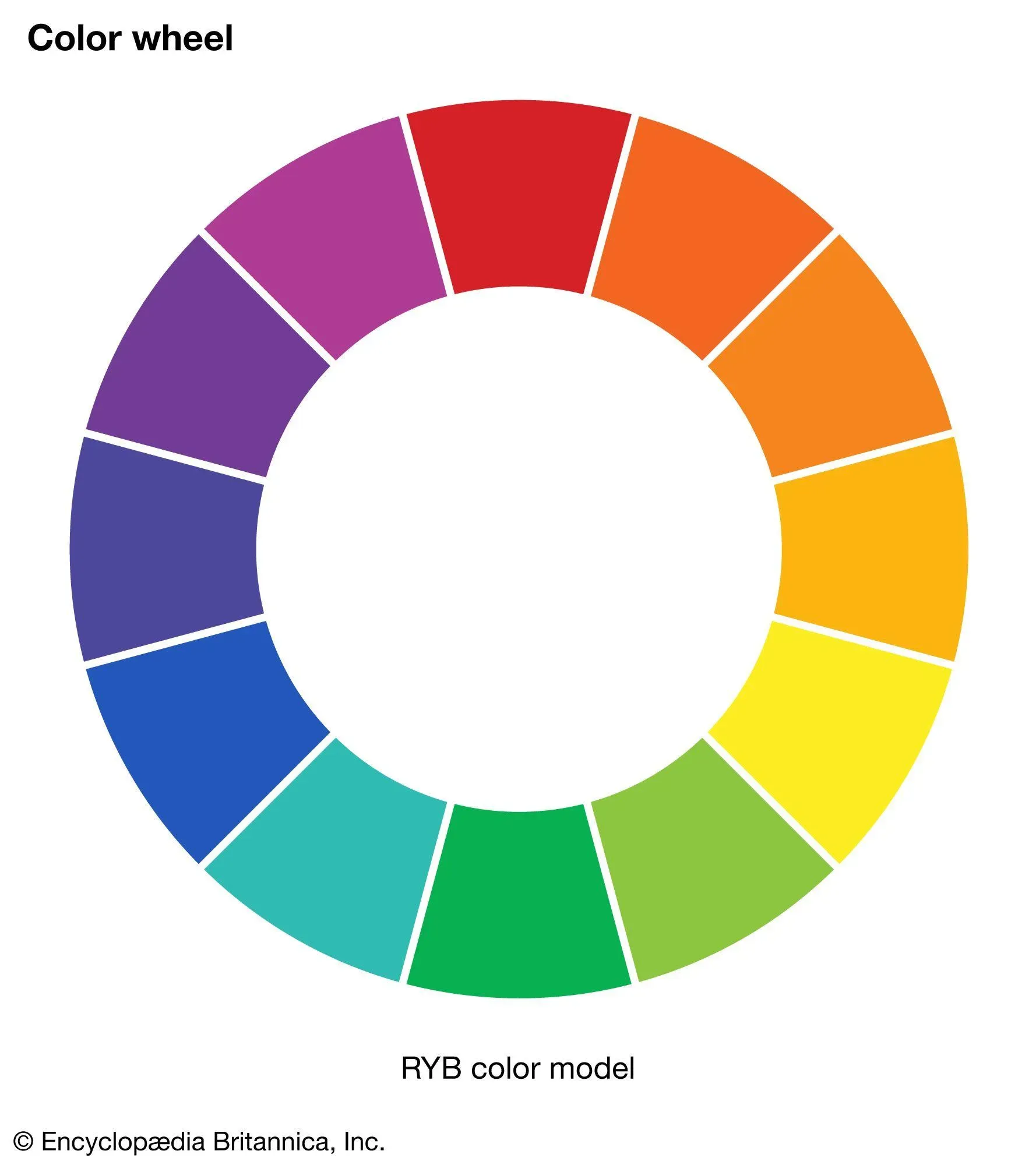Unlocking First Impressions: The Power of Your Storefront Sign on Brand Perception
In the bustling landscape of retail, where attention spans are shorter than ever, your storefront sign is more than just a name; it’s your brand’s first handshake with the world. Imagine walking down a vibrant street, where each store beckons with its unique flair—yet one sign catches your eye, inviting you in with open arms. What draws you in? Is it the playful font, the vibrant colors, or perhaps the clever phrase that tickles your curiosity?
Every detail of your storefront sign contributes to the story your brand tells, setting the tone for the experience that awaits inside. From chic boutiques to cozy cafes, the art of sign-making is a subtle yet powerful tool that shapes customer perceptions and invites connection. In this article, we’ll delve into how a well-crafted storefront sign can elevate your brand image, create lasting impressions, and ultimately boost your business. So, let’s explore the fascinating interplay between design and perception, and discover how to turn your sign into a beacon for both old friends and new faces alike!
The Art of First Impressions: Why Your Storefront Sign Matters
Your storefront sign is often the first touchpoint potential customers have with your brand, making it a crucial aspect of their overall experience. An eye-catching sign does more than just provide information; it communicates your brand’s personality and values. A well-designed sign can evoke emotions and spark curiosity, compelling passersby to step inside and explore what you have to offer. Here are some key factors to consider:
- Design Consistency: Your sign should align with your overall branding, showcasing your color palette and typography.
- Clarity: Ensure that your messaging is straightforward and easy to read, conveying essential information at a glance.
- Visual Appeal: Utilize unique shapes, colors, and materials to capture attention and stand out in a busy environment.
Moreover, the perception created by your storefront sign extends far beyond aesthetics. It plays a pivotal role in establishing credibility and trust with your audience. A polished, professional sign signals that your business is viable and worth a visit, while a neglected or poorly designed sign might convey carelessness. Consider the following attributes that can elevate your sign’s impact:
| Attribute | Impact on Perception |
|---|---|
| Lighting | Enhances visibility and allure, even during nighttime. |
| Material Quality | Conveys durability and luxury; reflects brand values. |
| Size | Affects visibility; larger signs can attract more attention. |

Colors that Speak: Choosing the Right Palette for Your Brand
Choosing the right colors for your storefront sign is not just about aesthetics; it’s a powerful way to communicate your brand’s identity and values. Colors evoke emotions and can greatly influence customer perception. For instance, blue often conveys trust and professionalism, making it a popular choice for financial institutions. On the other hand, red may incite feelings of excitement and urgency—a perfect match for a fast-food restaurant. To connect authentically with your audience, consider your target demographic and how specific colors resonate with them. Here are some key emotions associated with common colors:
- Yellow: Optimism and energy
- Green: Growth and harmony
- Purple: Luxury and creativity
- Orange: Adventure and enthusiasm
Additionally, color contrast plays a significant role in visibility and readability. A well-contrasted sign can effectively catch the eye of passersby, ensuring that your message is seen. A simple yet impactful color palette can be organized in the following way:
| Color | Emotion | Suggested Use |
|---|---|---|
| Blue | Trust | Corporate branding |
| Red | Excitement | Sales or limited time offers |
| Green | Peace | Organic products |
| Purple | Luxury | High-end retail |
By thoughtfully selecting colors in your storefront sign, you can create a lasting impression that reinforces your brand identity and resonates with your customers, guiding their perception long before they even walk through the door.
Font-tastic Choices: How Typography Shapes Customer Perceptions
When potential customers approach your storefront, the first thing they often notice is your sign. It’s not just a marker of your business; it’s a reflection of your brand’s personality. Typography plays a significant role in this perception. Select fonts that resonate with your target audience and convey the right message. For instance:
- Modern Sans-Serif: Think tech-savvy and innovative.
- Classic Serif: Evokes tradition and reliability.
- Handwritten Styles: Offers a personal touch, suggesting warmth and accessibility.
Using these elements strategically can set a tone that attracts the right clientele. Additionally, consider the legibility and size of your font, as these factors can greatly influence customer attraction as well. A well-designed sign not only communicates your business name but also establishes an emotional connection. Here’s a quick look at some impactful font combinations:
| Font Pairing | Vibe |
|---|---|
| Montserrat & Merriweather | Contemporary yet classic |
| Raleway & Playfair Display | Elegant and refined |
| Lobster & Open Sans | Fun and approachable |
Lighting the Way: The Role of Illumination in Sign Effectiveness
The illumination of your storefront sign is not just about visibility; it’s about creating an inviting atmosphere that draws customers in. Proper lighting can enhance the colors and fonts used in your signage, making them pop and easier to read from a distance, especially during nighttime. Factors to consider when selecting the right lighting include:
- Type of lighting: LED, neon, or traditional bulbs can all create different moods.
- Brightness: Ensure your sign is neither too dim to see nor too bright to be glaring.
- Color temperature: Warm white light often feels more welcoming than stark blue light.
A well-lit sign can subconsciously communicate professionalism and reliability, positively impacting customer perceptions. Additionally, strategically positioned lights can cast intriguing shadows or highlight specific features of your signage, driving further interest. To illustrate the effects of illumination on brand perception, consider the following table:
| Lighting Type | Brand Perception |
|---|---|
| Warm LED | Inviting, Friendly |
| Cool Blue Neon | Modern, Trendy |
| Classic Bulbs | Timeless, Reliable |
Choosing the right lighting can transform your storefront sign into a beacon for customers, ultimately setting the tone for their entire shopping experience. When potential clients see a well-illuminated sign, they may feel more encouraged to step inside, allowing your brand to shine in both literal and metaphorical ways.
Consistency is Key: Aligning Your Signage with Overall Branding
Creating a cohesive brand identity is essential for any business looking to stand out in a crowded marketplace. Your storefront signage plays a vital role in this aspect, acting as a silent ambassador for your brand. A well-designed sign should echo your brand’s core values and aesthetic, ensuring that your customers immediately recognize your business. Here are some key elements to consider when aligning your signage with your overall branding:
- Color Palette: Match the colors of your sign with your brand’s established palette to create visual harmony.
- Typography: Use fonts that reflect your branding – whether modern, playful, or classic – to communicate your brand’s voice.
- Logo Placement: Ensure that your logo is prominently featured and easily visible, reinforcing brand recognition.
A consistent approach not only strengthens your brand identity but also fosters trust and familiarity among your customers. When your signage aligns seamlessly with other branding elements – like your website, packaging, and promotional materials – it creates a unified customer experience that enhances your store’s overall appeal. Below is a simple comparison of the impact of coherent vs. incoherent signage:
| Coherent Signage | Incoherent Signage |
|---|---|
| Boosts Brand Recognition through familiar visuals. | Casts Confusion, leading to unclear brand messaging. |
| Enhances Customer Trust with a professional look. | Deters Customers due to conflicting messages. |
| Encourages Brand Loyalty by creating positive associations. | Limits Recall, as the brand becomes forgettable. |
Location, Location, Location: Where to Position Your Sign for Maximum Impact
Your storefront sign is more than just a marker; it’s an invitation to potential customers. Consider positioning your sign in areas that naturally attract foot traffic and can be easily seen from a distance. Look for strategic locations where your sign can catch the eye of passersby, whether that’s near popular shops, intersections, or open spaces. Additionally, ensure that it is at a height that makes it visible above crowds and other obstacles. A well-placed sign should give a clear message without requiring people to strain to read it.
Factors to consider include:
- Visibility: Choose locations with clear sightlines.
- Lighting: Ensure your sign is well-lit at night.
- Local Landmarks: Position near recognizable spots that draw attention.
- Distance from Competition: Stand out from neighboring businesses.
Your sign’s impact can also be amplified by blending it harmoniously with the overall aesthetics of your storefront. Consider using colors and materials that complement the surroundings while also standing out. The right location, combined with an eye-catching design, can significantly enhance brand perception, making your business the go-to choice in the area.
Crafting the Narrative: Storytelling through Your Storefront Sign
A storefront sign is much more than a mere identifier; it serves as a narrative gateway that communicates the essence of your brand. When thoughtfully designed, it captures the attention of passersby and invites them to step into your world. Key elements that enhance this storytelling experience include:
- Visual Aesthetics: Colors, fonts, and imagery should align with your brand’s voice and style.
- Emotion: A well-crafted message can evoke feelings that resonate with your target audience.
- Consistency: The sign should reflect the overall branding found in your digital and physical presence.
Each component of your sign contributes to a cohesive brand perception, making it essential to view your sign as part of a greater narrative. Consider incorporating storytelling aspects into its design through engaging copy and imagery that suggests a deeper meaning behind your offerings. Additional storytelling elements may include:
| Storytelling Element | Description |
|---|---|
| Tagline | A catchy tagline that encapsulates your brand’s mission. |
| Visual Motifs | Symbols or imagery that represent your brand’s values or history. |
| Customer Interaction | Ways for customers to engage, like QR codes leading to stories or offers. |
Key Takeaways
your storefront sign is more than just a practical marker; it’s a beacon of your brand’s identity and values. It speaks volumes before a customer even steps through your door, setting the stage for their shopping experience. By thoughtfully designing your sign to reflect your brand’s essence, you can create an inviting atmosphere that resonates with your target audience and fosters trust. So the next time you pass by a storefront, take a moment to appreciate how that sign plays its role in shaping perceptions and sparking connections. Whether you’re planning a rebrand or simply refreshing your existing sign, remember that this small detail can leave a lasting impression. Elevate your storefront, and watch your brand story unfold—one eye-catching sign at a time! Happy branding!
